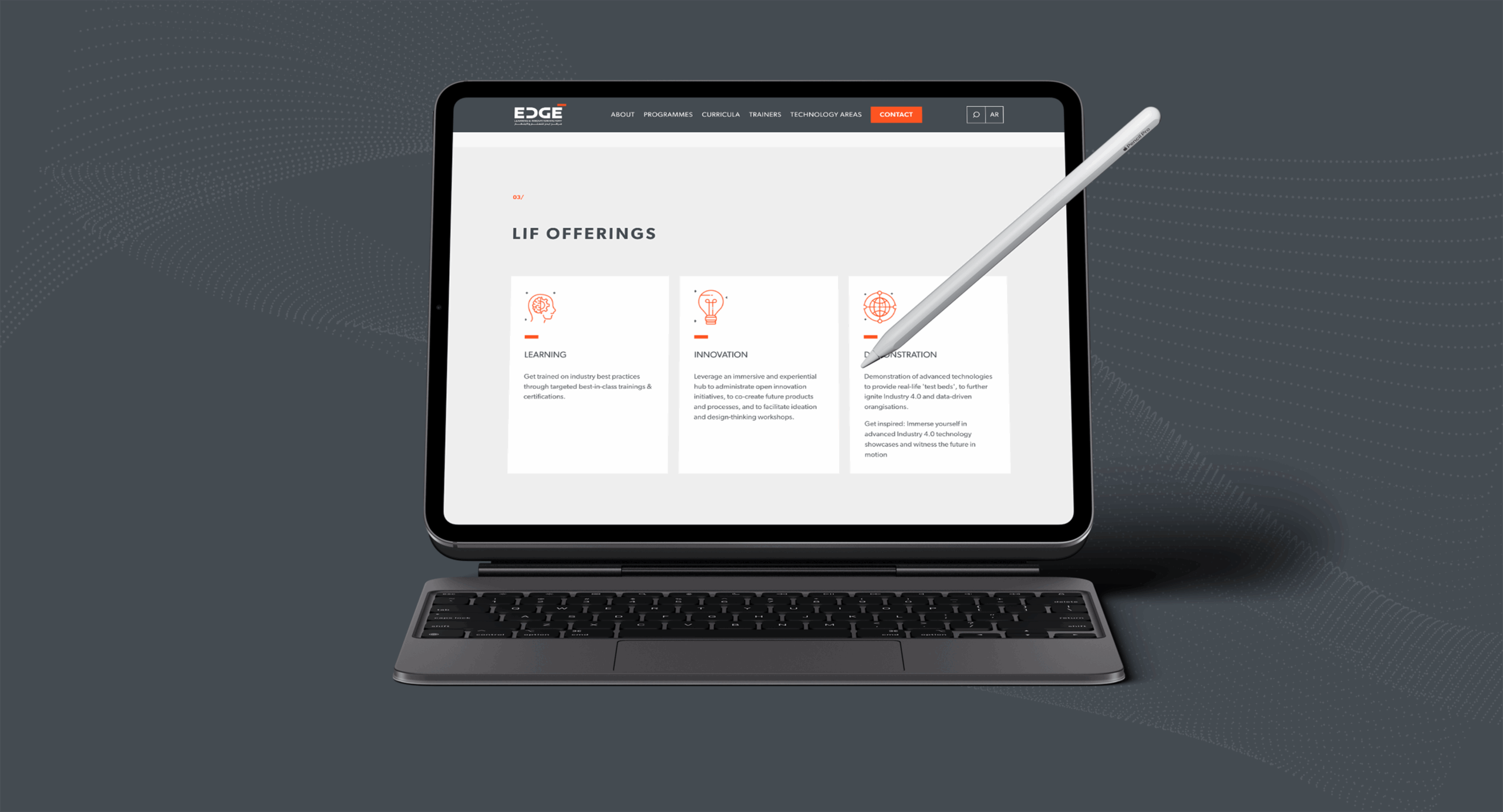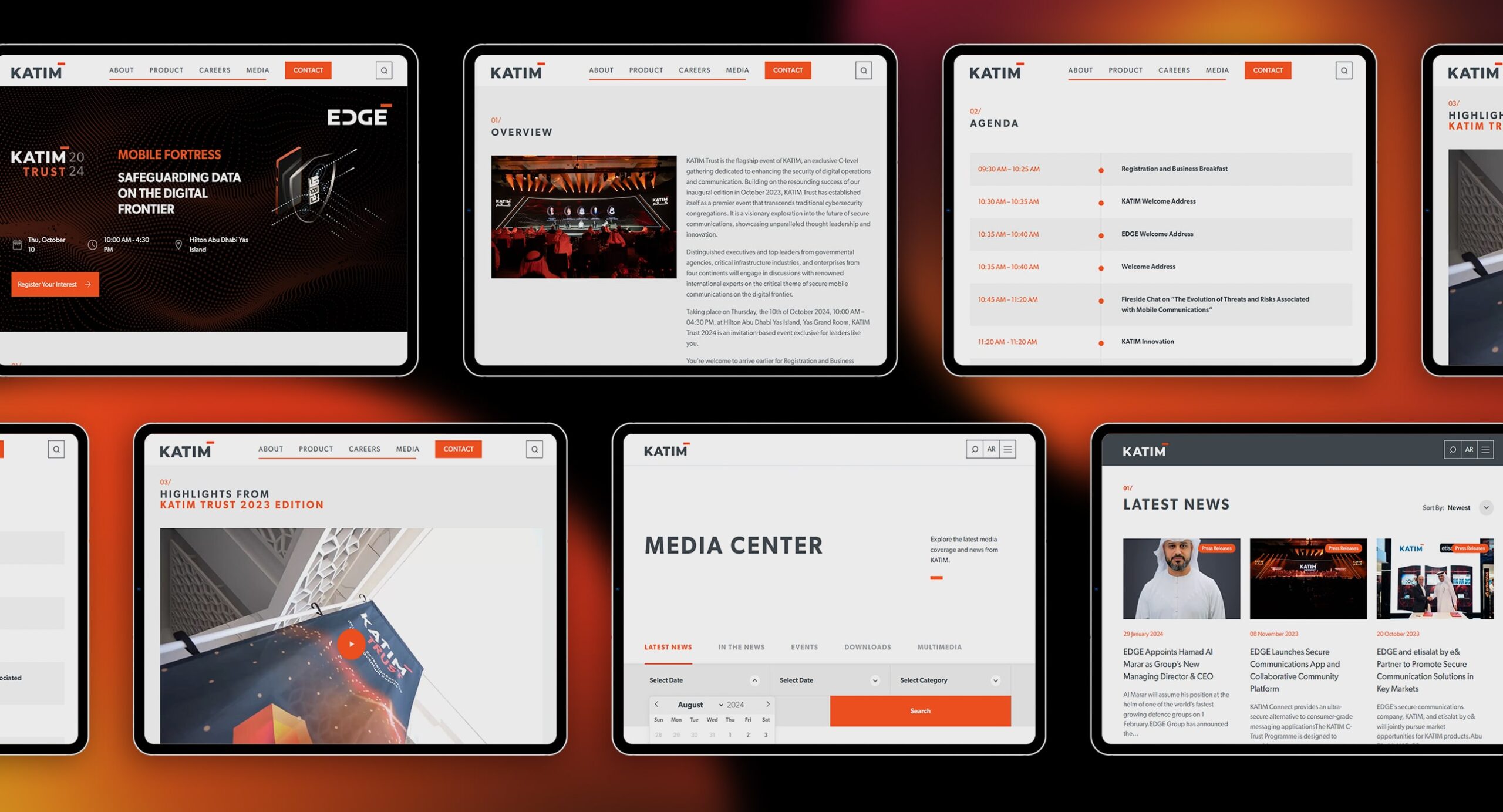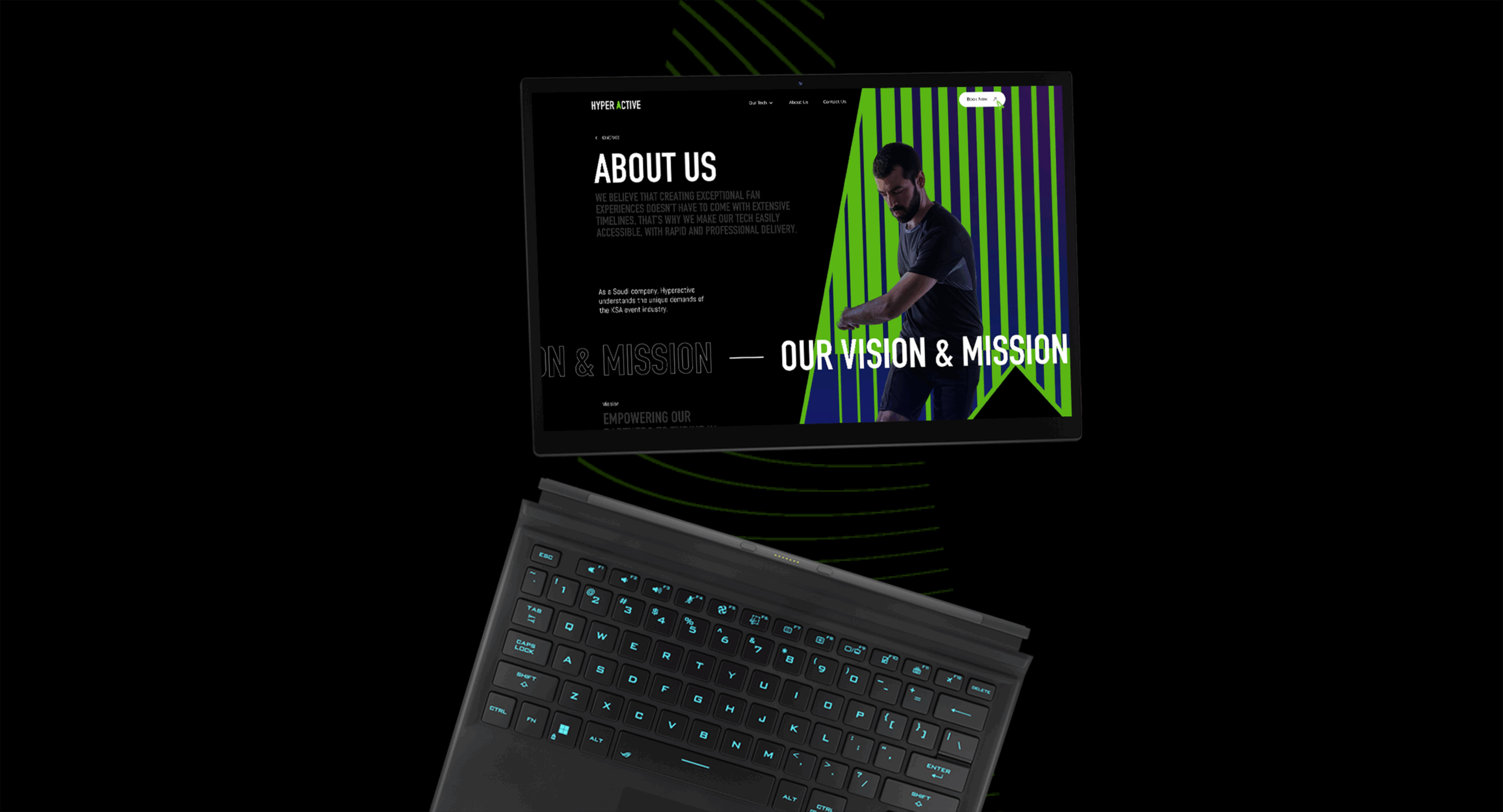The methodical and economical (rather inexpensive) creation of high-quality software is represented through the framework of a software product development lifecycle. Following agile methodologies and developmental approaches ranging from extravagant to minimalist, both small businesses and large corporations have adapted well to UX in PDLC. Businesses can utilize the architecture of PDLC as a model for their software development processes. UX in the product development life cycle is highly imperative for a great user experience and easy navigation of the software.
UX injected product development life cycle enhances the standard and grade of the software while also lowering the development costs of the software, a much-needed and unmatched combination. The integrated version of product development life cycle UX makes the software experience easy and enjoyable for the user whilst reducing the creation and production time by avoiding retroactive or sequential corrections. It also helps developers in recognizing more clearly, what they are doing and how they can create newer and better.

What is the purpose of UX injected Product Development Life Cycle?
UX designers, researchers, project leaders, market implementers and managers define the product requirements during a product development life cycle. This includes asking important questions, to consolidate all the efforts unidirectionally, such as who are the main, intended users, how the product fulfils the purpose it is built for and whether it will be just as useful for its users living in the abundance of this technological ubiquity.
- Establishing the general holistic vision as well as the specific purpose of an application or website, i.e., to provide a UX-enriched product development life cycle, is of utmost importance. The objective here is to be crystal clear concerning both, the organization’s broad vision or goal and how the software intends to accomplish the special job it is designed to perform.
- The design phase is the main part UX Designers are involved in. They create wireframes and sketches of what the product should be like. The process of creating UX injected product development life cycle is not only beneficial but also essentially, a high-grader. The product development life cycle UX team may increase accessibility, and readability along with the utility levels and cut down on the complete project building and implementation time by putting heavy emphasis on having UX in product development life cycle.
- It fosters positive relationships between the client and products or services offered by the software UX-injected product development. From a commercial standpoint, UX emphasis is crucial throughout the product’s development life cycle and development too, since it ramps up the projects with UX in the product development life cycle and helps keep the expenses down by significantly lowering development costs.

What can designers of UX in Product Development Life Cycle help with?
During the design stage, UX editors write the text for icons, keys, menus, buttons, headlines, and guided explanations, while UX motion designers develop the animated or moving visuals of a product and UX visual designers create the colour schemes, symbols, emblem or product logos for options, typefaces, fonts, sizes, and landing pages design and layouts. The UI designer or interface designer is also the one who ensures that the product is simple to use and is intuitive that the UX in product development life cycle flow can help a user accomplish his goal. A design concept or the UX injected product development life cycle of the software prototype is often the outcome of this design phase.
The process of UX injected product development life cycle is described in the following steps:
- UX designers and developers coordinate during the assessment/ testing process to produce an efficient and ideal prototype (about the prerequisites mentioned beforehand) that is suitable for verification and validation in and for real-time work. This process is known as alpha testing. The internal core team initiates this work to cover errors, and glitches that stand out at different places after the app or website is run. The recognized defects are rectified right away.
- Furthermore, internal customers and team members, including the ones from the legal, sales, and marketing departments, are required to pitch in their suggestions as well as their opinions. The export of assets and control over the accuracy of the UX in product development life cycle are both included in the project implementation level after the testing and design stages. Quality and performance management is vitally important throughout the implementation phase.
- Implementation of the product follows the extensive revisiting of the product’s conceptualization and engagement with all pertinent parties. During this period, the UX crew of programmers and developers must work in tandem with well-established communication in the nexus.
- It is to be noted, however, that product implementation for the intended system is not the last stage of the UX injected product development life cycle; rather, it is an ongoing, ever-evolving process that should adapt and alter over time, in light of the consumers’ diverse tastes and constantly changing possibilities.
Conclusion:
The UX in the product development life cycle should regularly assess the current feature accessibility, practicality, and grade with its users’ needs and expectations in order to stay abreast, relevant, well-adjusted, and sensitive to any market changes and requirements. This will ensure a long product life. Increasing client engagement and loyalty is a game changer for the ones who are at it incessantly.
To read more insightful content, visit GTECH
Related Post
Publications, Insights & News from GTECH








